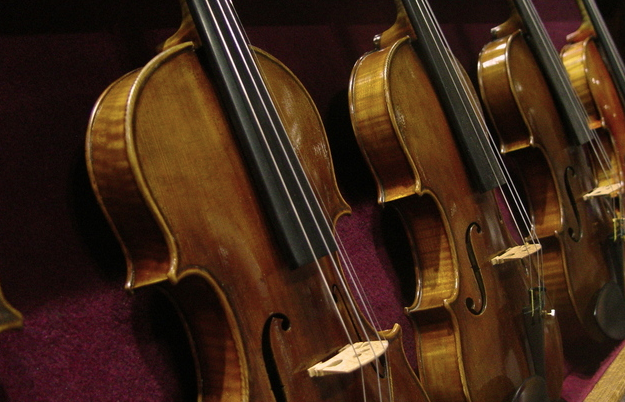One of the things that many highly accomplished musicians have in common is the ability to practice in an efficient and effective manner. This is a skill that is cultivated and improved upon over a lifetime.
As a practice coach, my main aim is to connect my client’s desires with their actions. In other words: “What kind of musician do you wish to become?”, needs to be connected to, “What are you doing every day to become that kind of musician?”
As simple as this sounds, I’m still struck by the number of very good musicians who’ve come to me for help who aren’t as clear as they need to be about this. Some are quite frustrated that they’re spending lots of time practicing, but don’t seem to be getting anywhere through their efforts.
Effective and efficient practice comes down to two simple things: prescription (what you choose to practice), and implementation (how you practice what you’ve chosen).
Though there are many variables to consider here, I’ve come to realize that virtually any musician’s practice can become more effective if she/he keeps four simple questions in mind. Here they are:
1. Why am I practicing this? It’s not uncommon for me to ask this to one of my clients and have them struggle to find an answer. This should never be the case. You are either practicing something because of a short-term, “closed-ended” goal/obligation (I need to have this piece ready by next Thursday), or a long-term, “open-ended” one (I’d like to improve my sound). Of course, most of the problems with respect to this lie in the realm of long-term, open-ended goals.
Whatever you’re practicing, make sure you have the end in mind. In the short-term, this is not too difficult (mastering the piece, the chord changes, etc.). In the long-term this means that you need to be always mindful of the musician you are aspiring to become (in as specific detail as possible) and that everything you’re practicing is clearly leading you toward that goal. This means lots of self-reflection, assessment and modification.
2. What would I like to achieve today as I practice this? Have a clear aim in mind every time you set out to practice something. For example, “Today, I want to be able to play this at quarter note equals 142 with the precision and clarity that I know I’m currently capable of.”
Bear in mind that you might not achieve your goal. And that’s absolutely fine. Don’t feel bad about aiming low, either. It is okay to have small, easily attainable goals in your practice session (in fact, I prefer it). Giving yourself a chance to improve in even the smallest degree on a daily basis , not only encourages you, but also, helps you keep things under control and at the highest quality.
3. How am I practicing this? This goes to the core of the Alexander Technique principles of “use”. What are you doing with yourself as you practice this particular thing? Are you allowing your neck and shoulders (and the rest of yourself) to be free and mobile? Is your breathing mobile, expansive and quiet? Are you letting the floor (or chair) support you as you let your neuromuscular system suspend you lightly upwards? The more efficiently you use yourself as you practice, the more effective the thing you practice becomes. It’s a matter of good overall coordination supporting fine motor skills.
Also, you need to give yourself ample time and opportunities to stop. Stop and redirect your thinking. Bring it back to your intention and to your more conscious, improved use of yourself. I’ve seen far too many musicians jumping right from one attempt to the next as they practice a particular thing, with no chance for redirecting their efforts. This tends to bring them within the realm of Einstein’s definition of insanity: Doing something the same way over and over, but expecting a different result. Get better at stopping. You’ll be glad you did.
4. Have I finished practicing this? This is the one that most of my clients struggle with the most. When have you done enough work in this practice session to move on to the next thing? It’s time to move on either because: you’ve reached your goal for the day; or, you’ve done as well as you can reasonably expect for the day.
Learn to move on when the time is right. If you find yourself getting more and more frustrated as you practice something, it’s time to stop and redirect your thinking (see number 3, above). Regress the challenge of whatever your practicing to bring it back into your reach. All you need are a few good experiences each day with a particular skill to improve it. You don’t need to repeat that same scale pattern thirty times over and over in one practice session. Aim for four or five (or even fewer) good, consciously directed takes on a particular piece, then move on.
The clearer your aims are, and the more conscientious you are as you go after them, the more likely it is you’ll improve. These four simple questions can help keep you on track.

